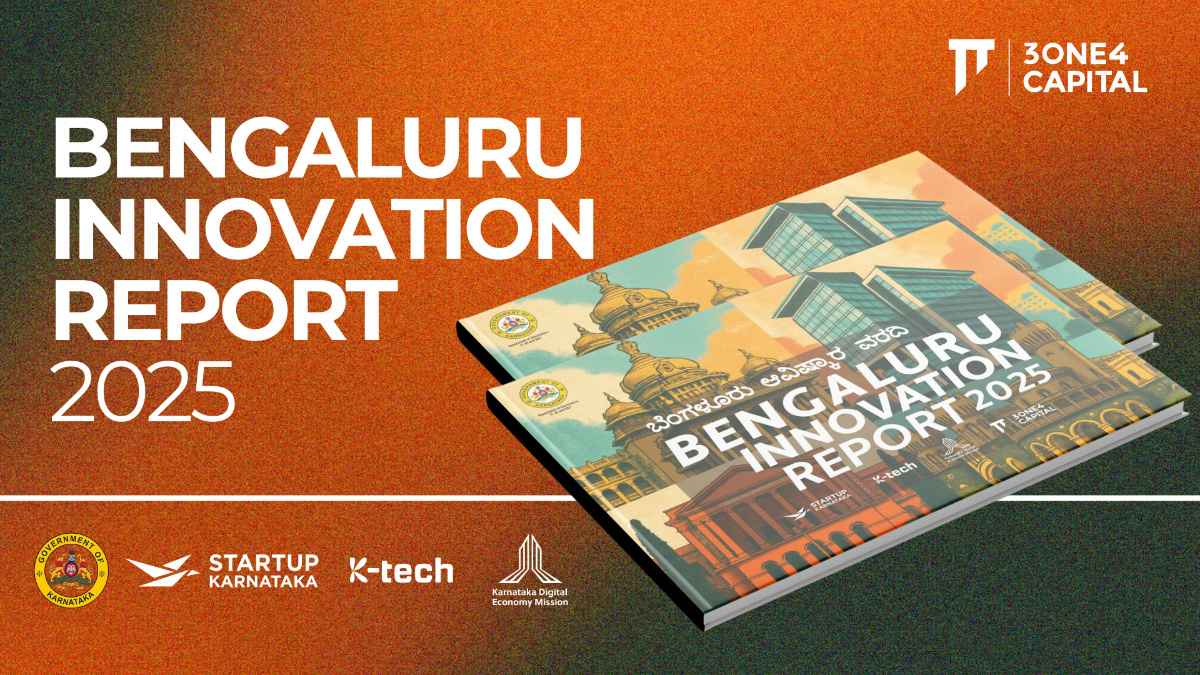.gif)
India's Deposit Insurer, DICGC is Overcharging Commercial Banks
The Deposit Insurance and Credit Guarantee Corporation (DICGC), a wholly owned subsidiary of RBI, was set up 62 years ago to insure deposits across the banking system. As of March 2023, DICGC insured 2,026 banks, including commercial and cooperative banks. In FY23, DICGC collected gross premiums of ₹21,381 crore, with investment income at ₹11,908 crore, and revenue surplus after tax at ₹24,559 crore. As an insurance company, it has an actuarial valuation for liability as of March 31, 2023, at ₹12,174 crore, but a surplus collection to date beyond actuarial liability totalled a significant ₹1,57,427 crore. The total funds available with the Deposit Insurance Fund is ₹1,69,602 crore – 2.02% of the total insured amount.
With these impressive surpluses, the key issue to be examined here is: Is DICGC overcharging the banks for premiums to collect a surplus? Can the premiums be reduced and based on the risk profiles of the insured bank, which will reduce the overall costs of compliance in the banking system?
Commercial banks have vastly lower risk profiles than cooperatives
Insurance premiums increased from 5p per ₹100 insured in 1962 to 10p in 2005 and 12p in April 2020. Insurance coverage was capped at ₹1,500 in 1962, which increased to ₹1,00,000 in May 1993 and revised to ₹5,00,000 in February 2020. Today, DICGC collects insurance premiums @12p per ₹100 insured for all deposits upto ₹5 lakh per person. This premium is uniformly applied, irrespective of whether the bank is commercial or cooperative, despite the vastly differing risk profiles, credit ratings, and management structures.
Of the 2,026 insured banks, 139 are commercial, and 1,887 are cooperative banks. Insured deposits totalled ₹83,89,470 crore, of which a significant ₹77,00,667 crore were deposited with the 139 commercial banks and the balance ₹6,88,803 crore with the 1,887 cooperative banks. Accordingly, of the total premiums collected in FY23 of ₹21,381 crore, ₹20,104 came from commercial banks, and ₹1,277 crore came from cooperative banks.
However, the claims profile is reversed, with cooperative banks requiring 98%+ of total claims to date. Since the inception of deposit insurance in 1962, gross claims of ₹295.85 crore have been filed towards 27 commercial banks. Against cumulative recoveries of ₹157.54 crore, the net claims for commercial banks total ₹138.31 crore. On the other hand, ₹14,735.25 crore have been filed in gross claims towards 410 cooperative banks. Against cumulative recoveries of ₹4,602.26 crore, the net claims for cooperative banks stood at 10,133 crore.
DICGC collects 94% of premiums from commercial banks, which account for a mere 1.3% of net claims. Cooperative banks contribute only 6% of premiums while claiming a warped 98.7% of net claims.
The skew of premiums to net claims totally distorts the sector because well-managed banks are being made to pay for the huge defaults prevalent in cooperative banks. It imposes high costs on good management, contrary to the risk evaluation theory of insurance.
Reevaluation of premiums
DICGC does not need to carry these significant excess surpluses on its balance sheet. It invests its surplus funds in government securities, which are stable investments. Additionally, as a wholly owned subsidiary of RBI, it has in-principle access to liquidity support from RBI in case of need.
In FY23, revenue surpluses after tax totalled ₹24,559 crores. It is safe to assume there will be a surplus of at least ₹26,000 crore in FY24 and another ₹30,000 crore in FY25. This ₹56,000crore, when added to the FY23 fund surplus, will amount to ₹2,13,427 crore, which will be close to the oversized target of 2.5% DICGC has set for surpluses. It is especially outrageous in the case of commercial banks.
DICGC and RBI must reevaluate premiums paid by commercial banks, which hold a majority of the insured deposits but have significantly lower risk profiles than cooperative banks. If the insurance premium of 12p per ₹100 insured is reduced to 3p for commercial banks, this will provide a relief of approximately ₹20,000 crore to these banks in FY26. The premium for cooperative banks can be kept at 12p or raised to 15p, the maximum allowed under law.
This move will reduce DICGC’s gross FY26 revenue by approximately ₹20,000 crore and revenue surplus after tax by about ₹15,000 crore. However, with balance premium revenue along with investment income, DICGC will get an estimated ₹24,000 crore pre-tax revenue in FY26, which is still a significant surplus. Reducing the premiums for low-risk banks will send a clear message to the economy that premiums must be based on the risk profile of the insured entity, and larger banks do not have to subsidize the claims of cooperative banks.
In case of bank failure, RBI has demonstrated alacrity in working out a safety net, as seen in the case of Yes Bank. The probability of public sector banks requiring bailouts is almost nil as GoI owns them. The likelihood of private sector banks requiring bailouts is also relatively low, as evidenced by the data. If a private sector bank is in trouble, RBI has enough tools to ensure the bank is safely reset. High insurance premiums are not required here.
For smooth economic growth, excessive regulation and compliance costs in the entire banking sector must be reduced to improve systemic efficiency. RBI and GoI have already done exceptionally well in developing tools to manage bank failures. They must ensure that commercial banks do not bear the high compliance costs, which are ultimately passed on to depositors and good borrowers and drag down the economy.
Originally published on Livemint
DISCLAIMER
The views expressed herein are those of the author as of the publication date and are subject to change without notice. Neither the author nor any of the entities under the 3one4 Capital Group have any obligation to update the content. This publications are for informational and educational purposes only and should not be construed as providing any advisory service (including financial, regulatory, or legal). It does not constitute an offer to sell or a solicitation to buy any securities or related financial instruments in any jurisdiction. Readers should perform their own due diligence and consult with relevant advisors before taking any decisions. Any reliance on the information herein is at the reader's own risk, and 3one4 Capital Group assumes no liability for any such reliance.Certain information is based on third-party sources believed to be reliable, but neither the author nor 3one4 Capital Group guarantees its accuracy, recency or completeness. There has been no independent verification of such information or the assumptions on which such information is based, unless expressly mentioned otherwise. References to specific companies, securities, or investment strategies are not endorsements. Unauthorized reproduction, distribution, or use of this document, in whole or in part, is prohibited without prior written consent from the author and/or the 3one4 Capital Group.





.webp)









